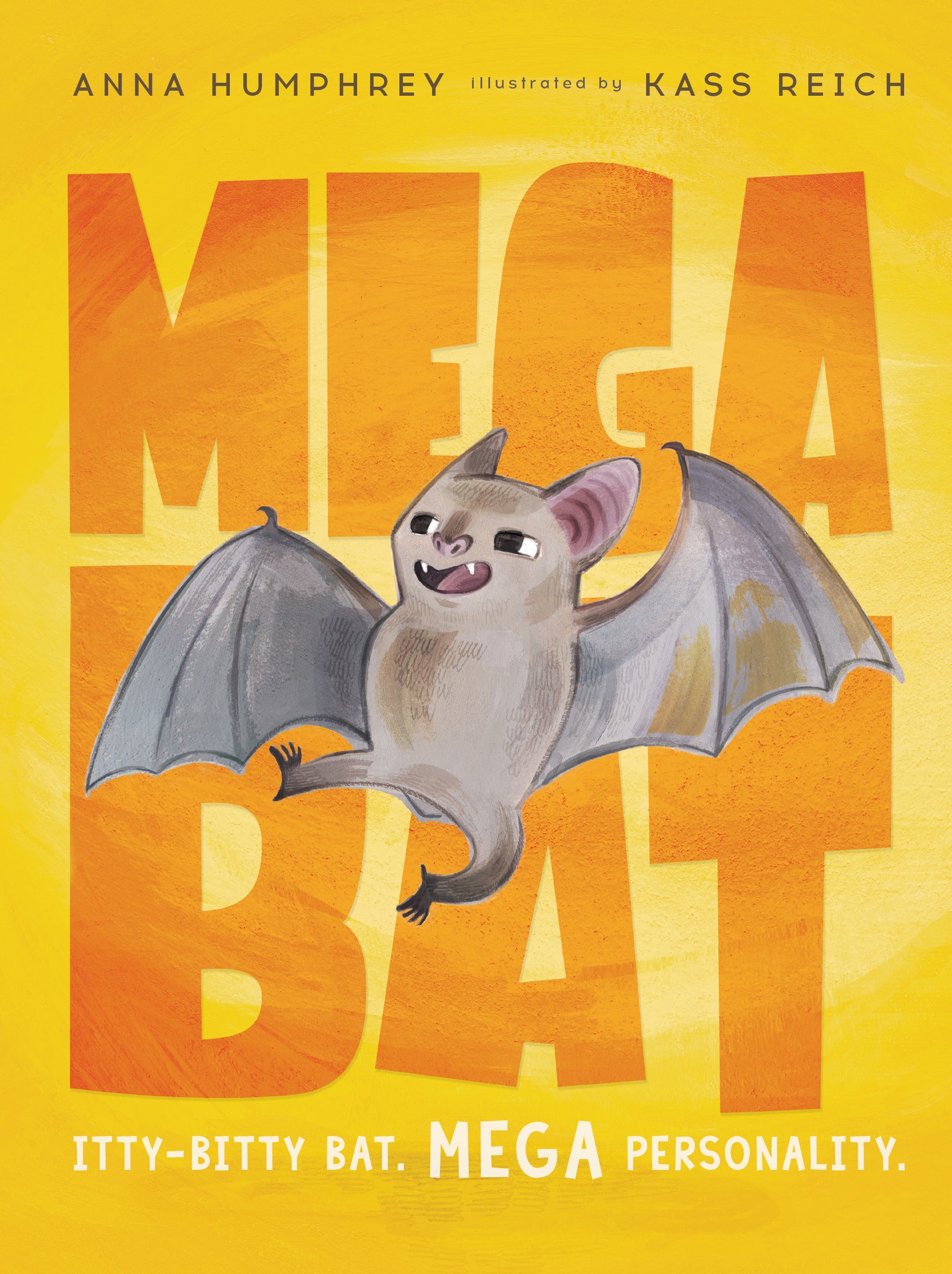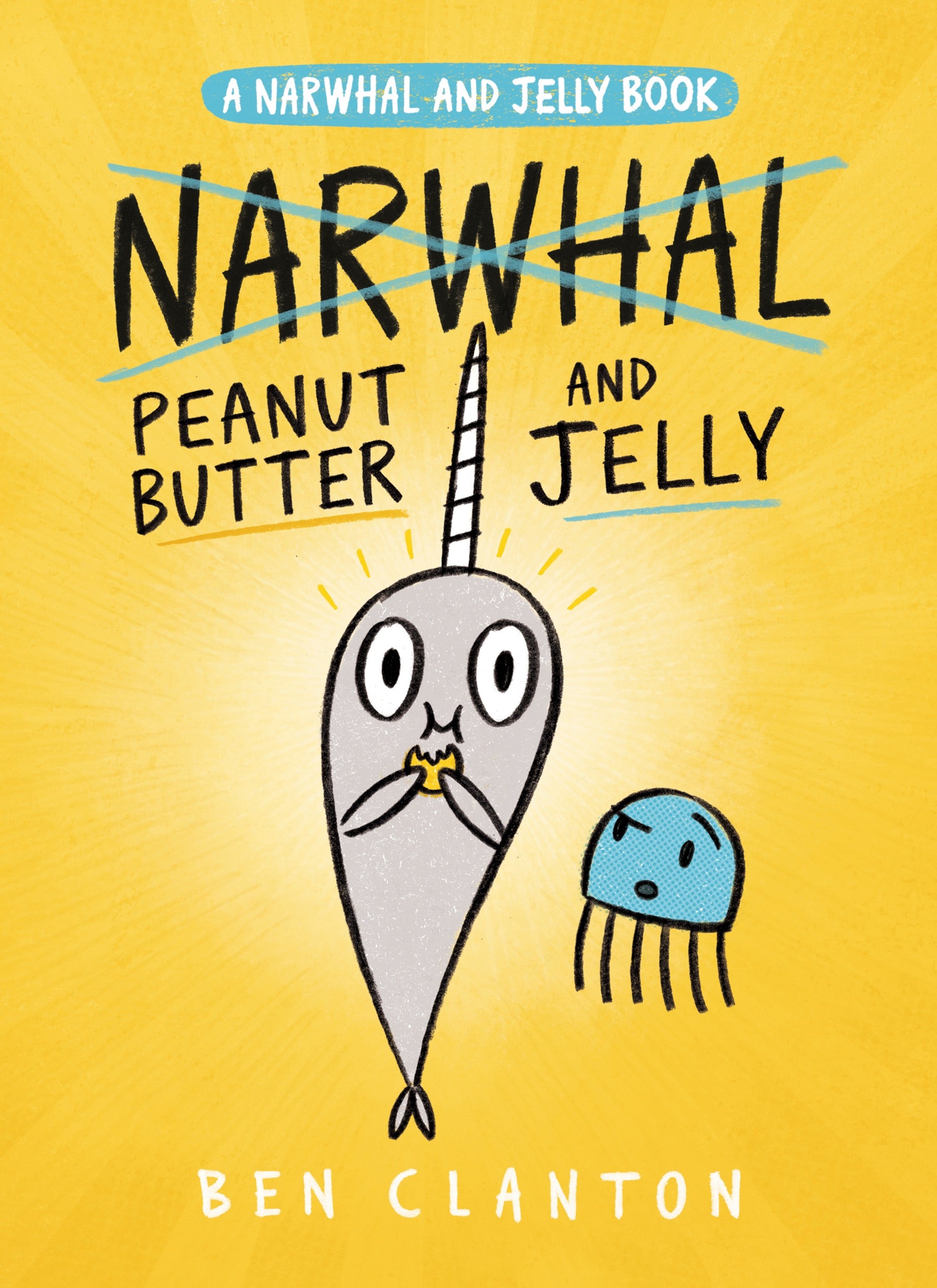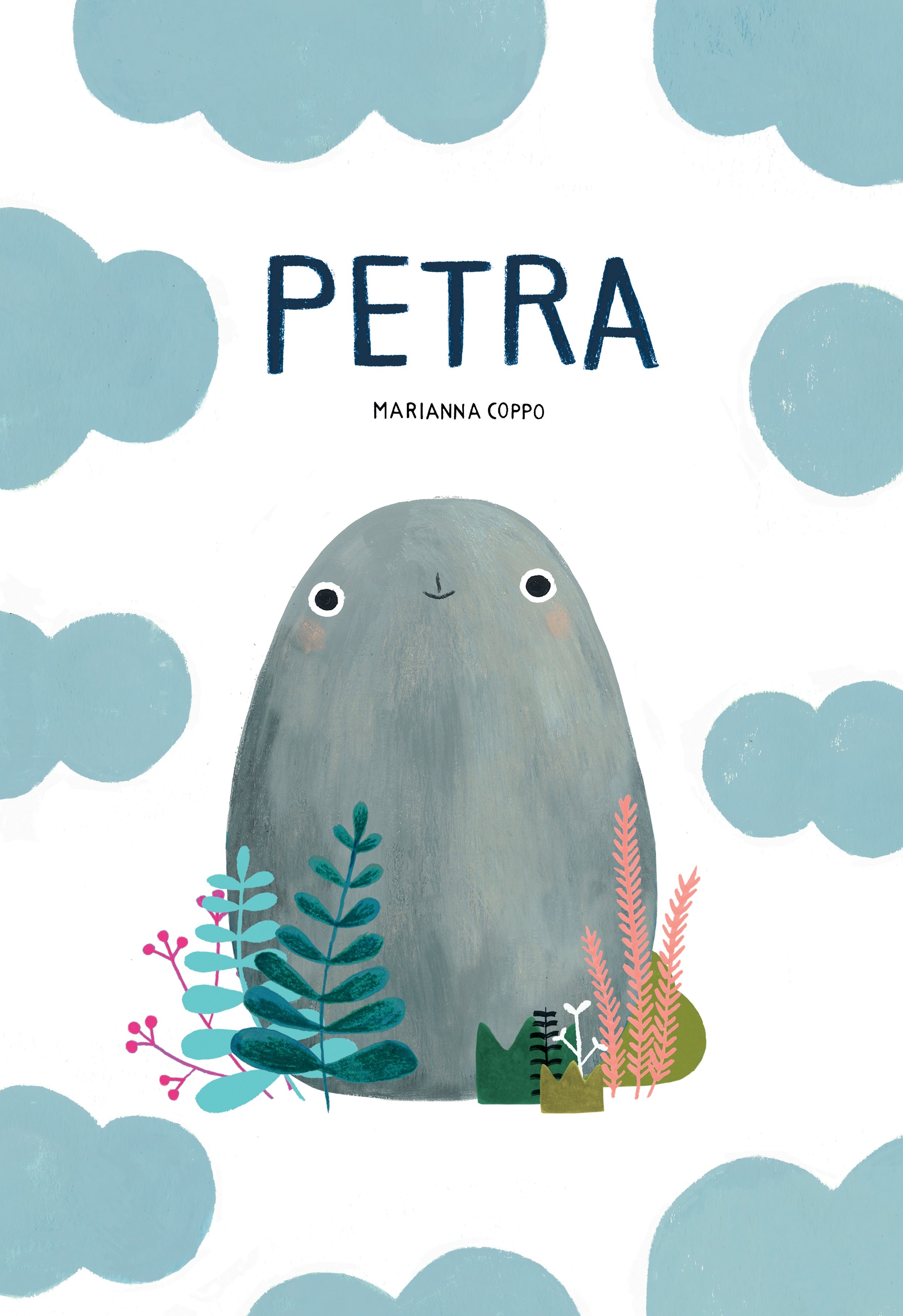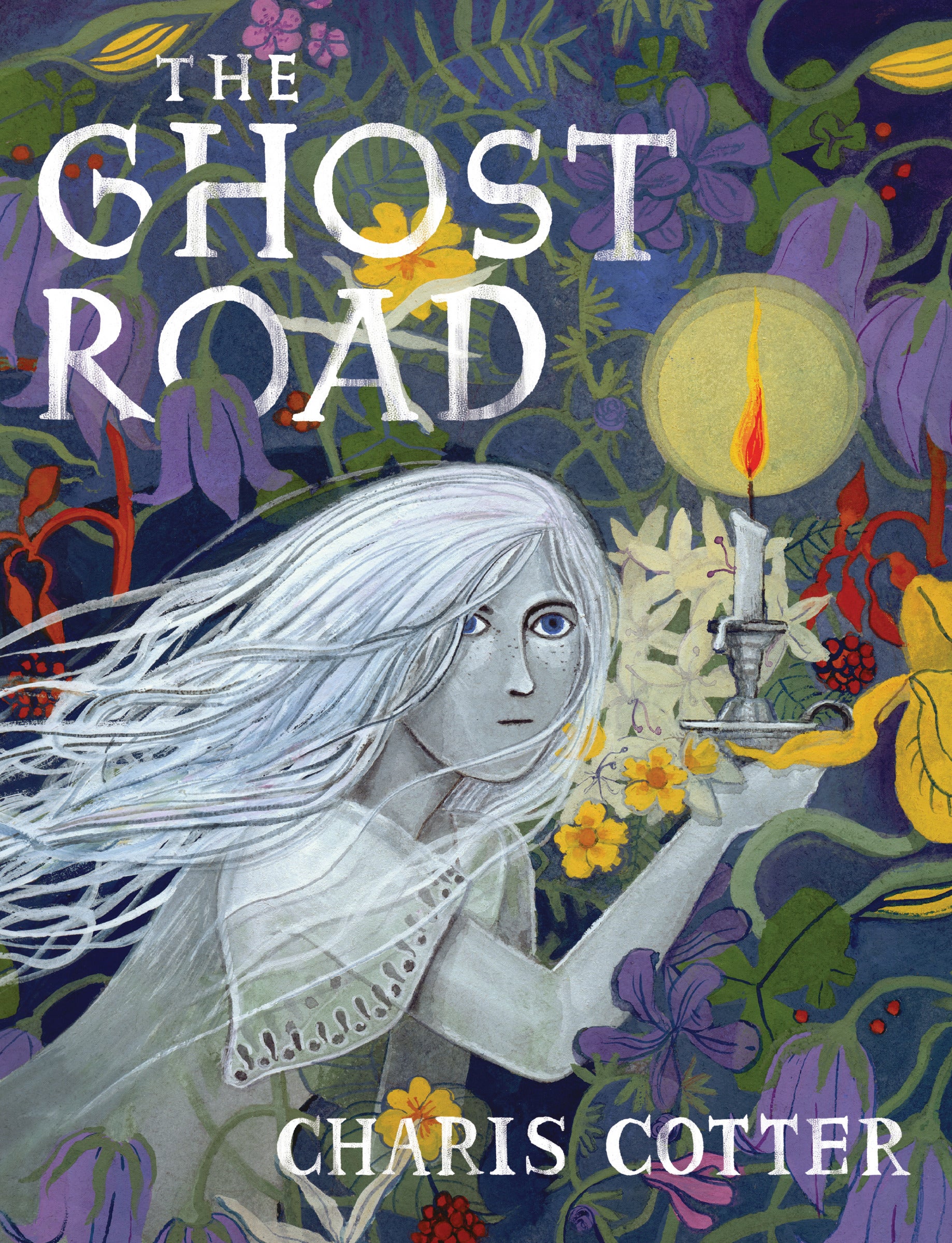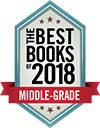
Not your average sick lit, Confessions of a Teenage Leper is an insightful and sardonic tale of a cheerleader who finds her world turned upside down when a surprise diagnosis not only changes her plans, but how she sees the world. Read on to find out how author Ashley Litlte was inspired by a class project and a visit to a leper colony in British Columbia.
Q&A with Ashley Little
 Where did the idea for this story come from?
Where did the idea for this story come from?
While I was doing my undergraduate degree in creative writing, a prof assigned our class a historical fiction piece. We had to find something in British Columbia’s history that interested us and then research it using three different sources (microfiche, interviews, encyclopedias, maps, etc. i.e. not the Internet) and then write a short story about it. I found out about a place called D’Arcy Island; a leper colony on a tiny island off the southern tip of Vancouver Island, not far from where I was going to university, in Victoria; it ran from 1891-1924. I did my research and wrote a short story from the perspectives of four men and one woman who had lived there. The idea had always stayed with me because it was so haunting, and the people sent there lived in really poor conditions and were basically sent there to die, not get better.
So, about ten years later, I decided it was time to write a novel about D’Arcy Island; I went to the island and stayed three nights and visited the orchard they had kept and saw the foundations of the buildings that had housed them. I did about six months of research towards a historical fiction novel and then one night, Abby Furlowe started talking to me, and it turned into something completely different than I had planned. But instead of fighting it and trying to force myself back to the D’Arcy Island piece, I listened to Abby and went along with her on her journey, and I’m glad I did.
Why did you choose Hansen’s disease?
I think the disease provides a great metaphor for feeling like a freak, an outcast; a feeling a lot of young people struggle with in their teenage years.
Were you ever a cheerleader?
No. All the cheer details were from research. But I do have a great respect for cheerleaders now after finding out how athletic and demanding a sport cheer is.
Describe your book in six words.
Mean Girls meets The Elephant Man.
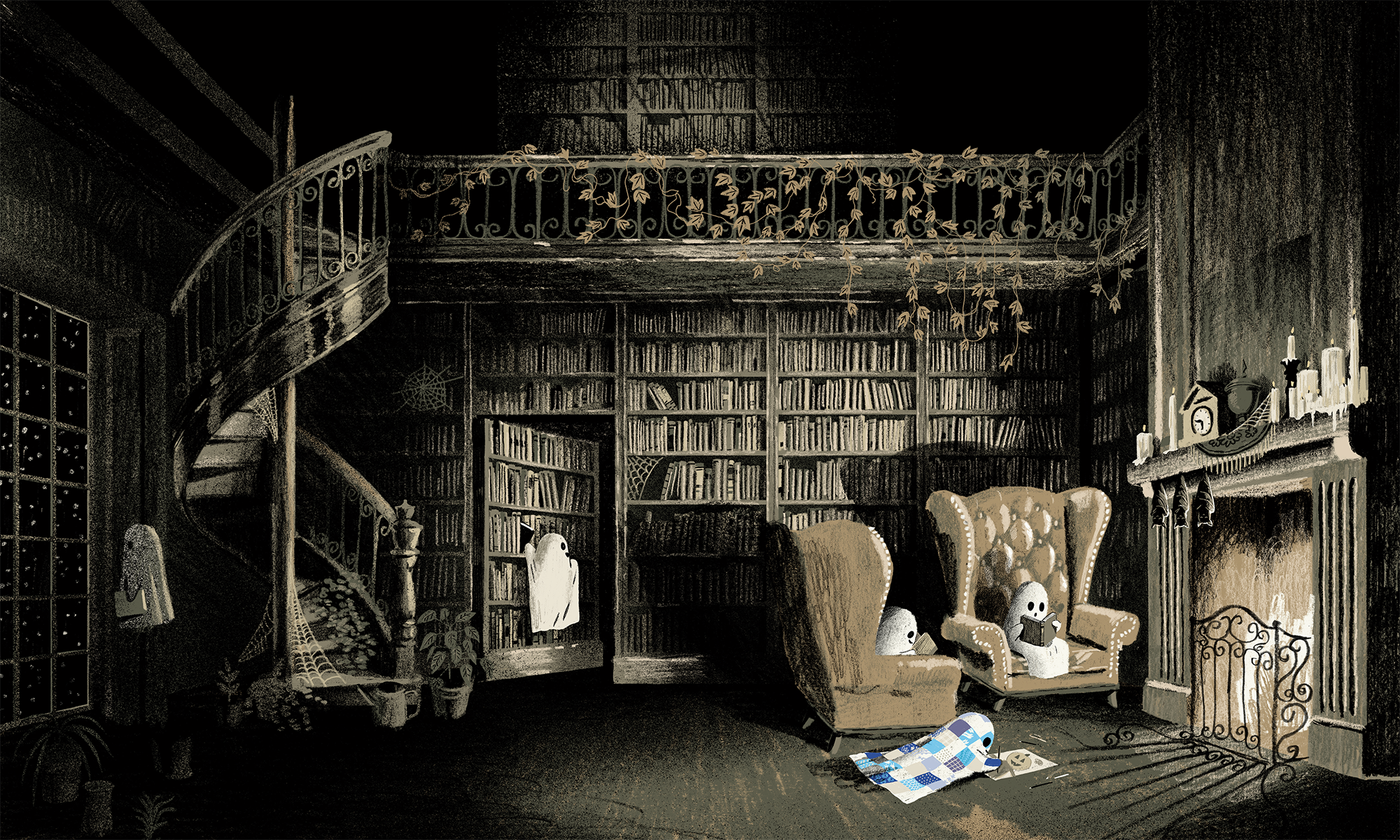

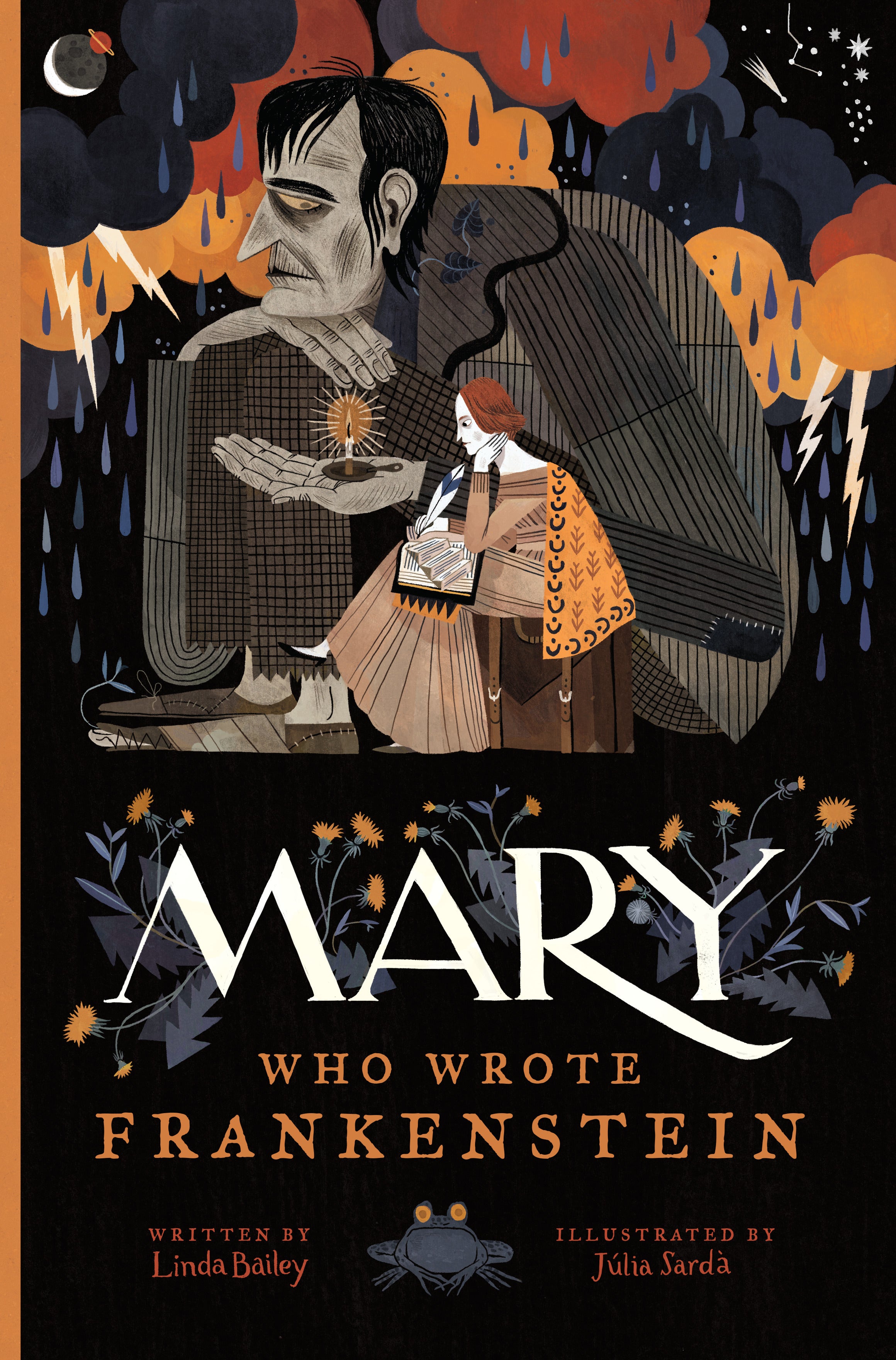 “This biographical depiction of Mary Shelley’s young life explores how writers create, synthesizing ideas from experiences and imagination. Throughout, Bailey emphasizes her strong spirit and penchant for daydreams as she traces how formative circumstances helped move Shelley to write: the early loss of her mother, a great thinker and advocate for women’s equality; meeting frequent visitors to her childhood home, including philosophers, artists, and scientists; living with a family of strangers in Scotland; running away with her stepsister, Claire, and poet Percy Bysshe Shelley, her eventual husband; and visiting Switzerland with Claire, Shelley, the poet Lord Byron, and doctor and writer John Polidori. Sarda’s distinctive angular illustrations are rife with thoughtful period detail and patterns in rich tones, evoking an appropriately maudlin mood while showcasing how Shelley’s life was a catalyst to art and creativity–and, perhaps, the birth of science fiction. Ages 5-8.” – Starred Review,
“This biographical depiction of Mary Shelley’s young life explores how writers create, synthesizing ideas from experiences and imagination. Throughout, Bailey emphasizes her strong spirit and penchant for daydreams as she traces how formative circumstances helped move Shelley to write: the early loss of her mother, a great thinker and advocate for women’s equality; meeting frequent visitors to her childhood home, including philosophers, artists, and scientists; living with a family of strangers in Scotland; running away with her stepsister, Claire, and poet Percy Bysshe Shelley, her eventual husband; and visiting Switzerland with Claire, Shelley, the poet Lord Byron, and doctor and writer John Polidori. Sarda’s distinctive angular illustrations are rife with thoughtful period detail and patterns in rich tones, evoking an appropriately maudlin mood while showcasing how Shelley’s life was a catalyst to art and creativity–and, perhaps, the birth of science fiction. Ages 5-8.” – Starred Review, 
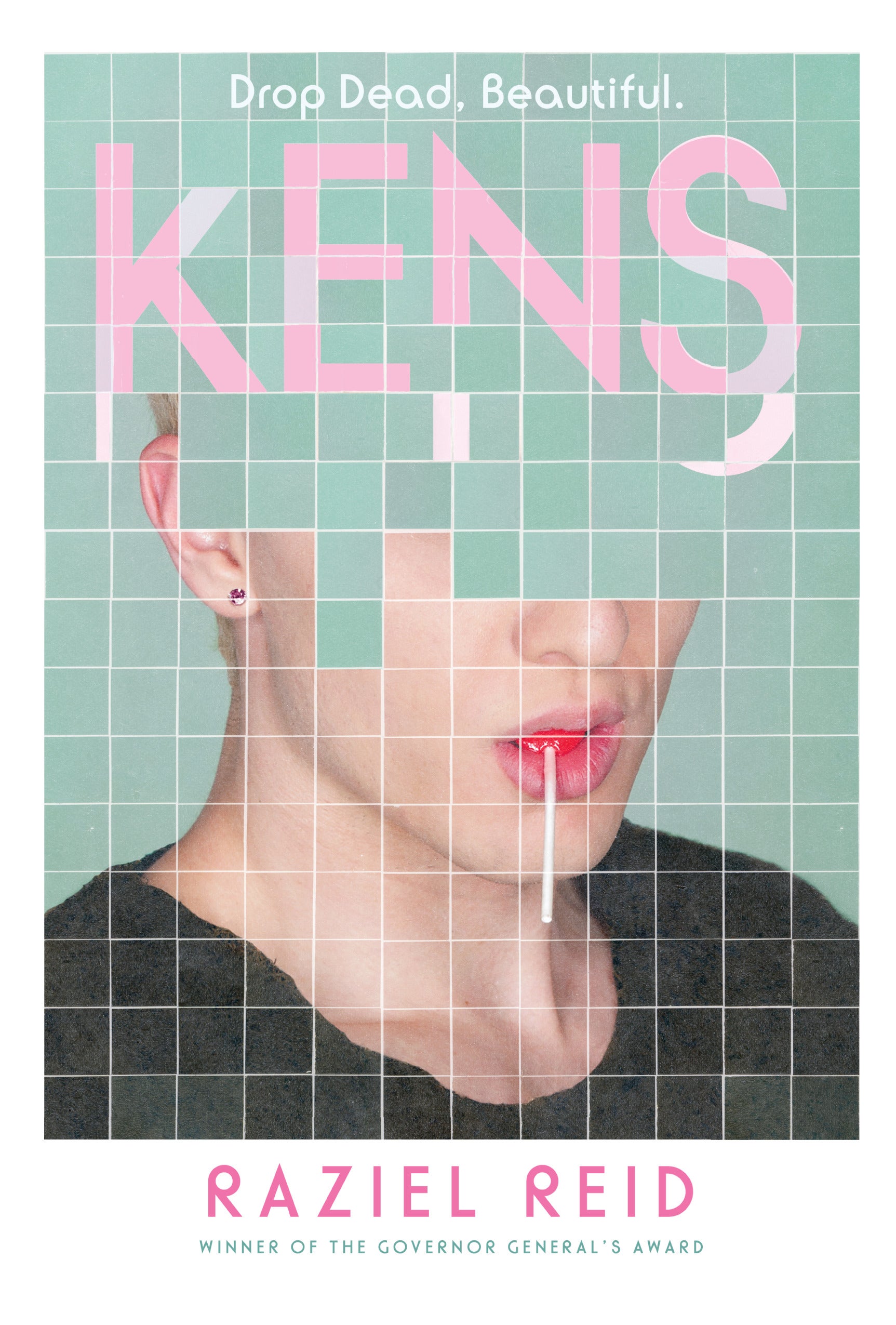
 What does Kens mean to you?
What does Kens mean to you?